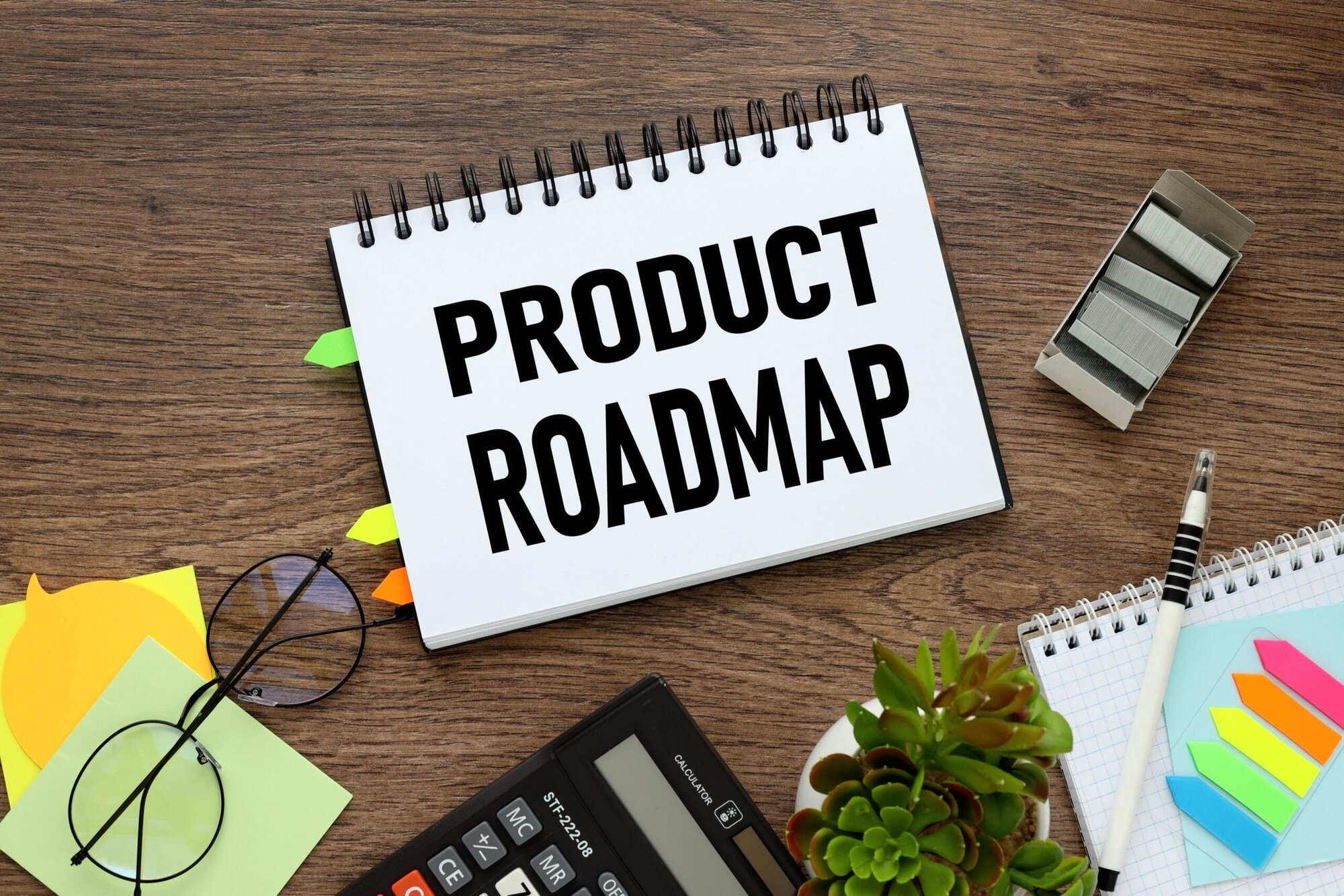In this ProductTank Heidelberg talk Product Doctor's Managing Director Julia Shalet examines the attributes of an innovative product manager and looks at how to gauge whether you’re being innovative.
Watch the video to see her talk in full, or read on for an overview of her key points:
- An innovative product manager is curious and is focused on people and empathy
- Look at how much time is spent on core business, adjacent business areas and transformational business areas
- Have a clear strategy on where the business puts its resources
- Look at how many hypotheses you’re testing and ask when you last pivoted based on evidence
Signs you’re being innovative
An innovative product manager is curious and is focused on people and empathy, says Julia. They’re open, they listen and try to understand the problem to be solved.
She asks how much time people spend on developing new ideas and shows a slide which is designed to challenge organisations about the time spent doing this. It shows that organisations typically have a core business and products, adjacent markets (new areas where the core product might play or new products for the existing market), and transformational areas where they may develop breakthrough products or invent things for markets that don’t yet exist. She suggests that businesses might spend 70% of their time on core areas, 20% on adjacent areas and 10% on transformational work. She says it’s a good idea to analyse how much time is spent on these different areas of work so that you can assess how innovative the business is trying to be. It helps to have a clear strategy on where the business puts its resources.
Hypothesis testing is a good indicator of whether someone is being innovative, says Julia. It’s not necessarily about the number of hypotheses being tested: “If they’re not testing anything, are they pushing the boundaries or thinking of new ways to be creative?,” she asks.
Ask when you last pivoted after gathering evidence. It’s also a sign of innovative behaviour, says Julia. She adds that innovation isn’t always about moving forward in a positive way – it’s just as innovative to say stop.
Being innovative
Julia advises that you don’t assume you know what people think or how they feel. Writing a hypothesis statement is very helpful to stop you overthinking the problems. This should be a “we believe” statement that includes your commercial goal, the value to beneficiaries and the action you need them to take.
After you’ve written an hypothesis you should identify the biggest risks and question customers and/or users. This allows you to gather data and to make decisions about an idea based on evidence. It’s important to stay neutral and be objective, and to test out ideas before you make any investment. “We should all be empowered to test our ideas,” says Julia. Creating a culture of learning what works, rather than one of failing is also important, she says, and we should learn to work incrementally, adapting and learning as we go.




